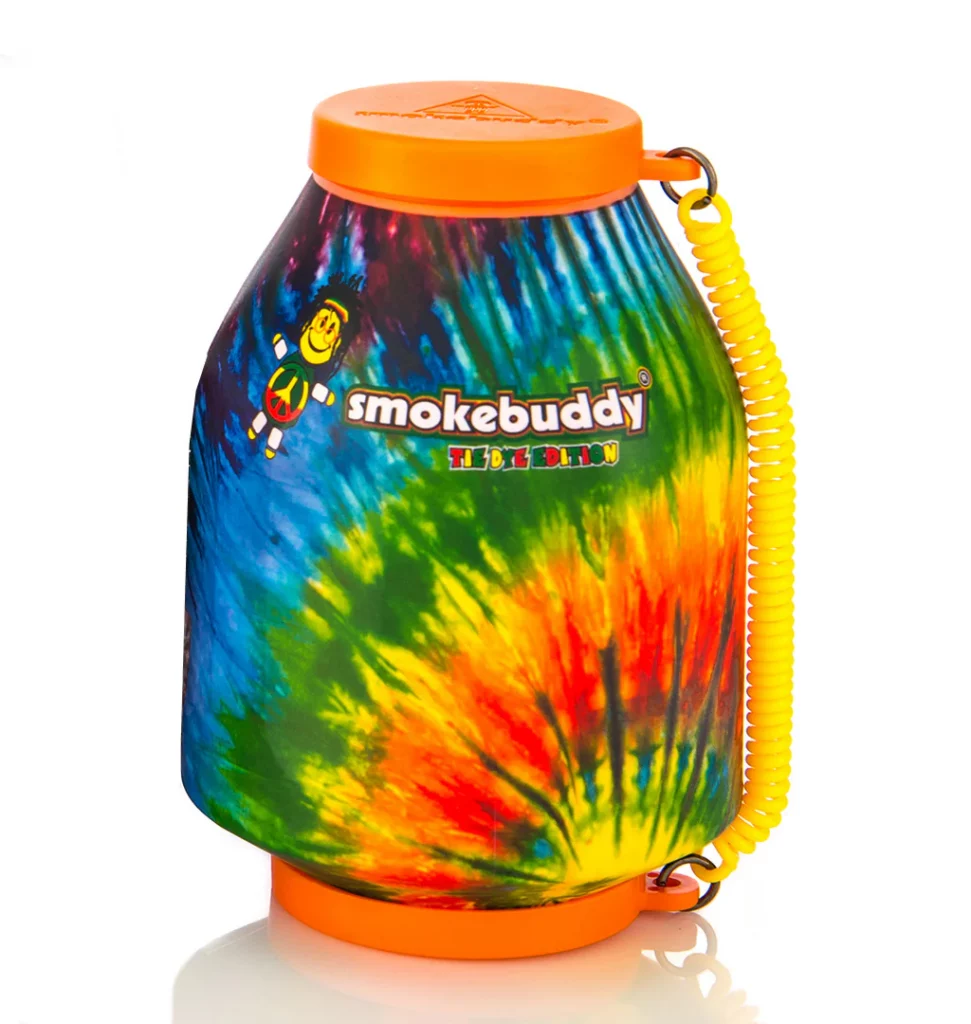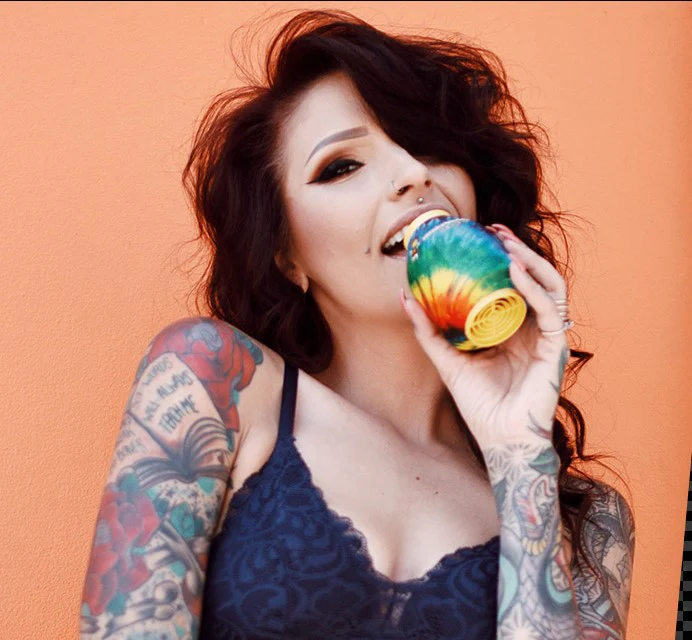Everyone wants their space to stay fresh, but sometimes smoking inside just feels necessary. The difference between a space that feels light and welcoming and one that is heavy with leftover odor comes down to timing, habits, and the right tools. If you are looking for the best time to smoke indoors, you want moments where airflow, sunlight, and your own routine come together to help the scent move out fast.
This is about more than just getting high or enjoying a break. It is about keeping your environment clean so every guest, roommate, or even family member can walk in and feel good.
When you know the best time to smoke indoors, you avoid most of the problems people complain about, heavy air, stinky fabric, and a reputation for having “that smell” in your place.
Instead, your space stays open and you can enjoy your sessions without worry. It only takes a few easy changes to your daily routine to make a big difference, especially if you add personal air filters or personal smoking filters to the mix.
This guide breaks down how to plan your sessions, how to use timing to your advantage, and how to keep odors from settling in.
Before we go any further, let us put you on to Smokebuddy, makers of sleek, high-performance personal air filters. Use coupon code SLYNG2025 to get 20% off your next order.
Why Timing Matters When Smoking Indoors

It is tempting to think that smoking inside will always leave a trace, but the truth is that the right timing can change everything.
Airflow, temperature, and what else is happening in your space all matter.
The best time to smoke indoors is not just about avoiding detection, it is about giving smoke the least possible chance to settle and stick.
How Airflow Changes During the Day
Air movement is never the same from morning to night. In the early hours, rooms tend to be cooler and windows might be closed, so smoke lingers longer. In the middle of the day, especially when the sun is strong, natural airflow increases. Open windows and sunlight help move air through the space, which makes the best time to smoke indoors sometime between late morning and late afternoon.
When you sync your session with peak airflow, smoke moves out quickly, and odor does not have a chance to settle in. Combine this with a personal smoking filter to trap even more particles at the source, and you will notice a real drop in lingering smells.
Plan for your session during times when doors and windows can be open without bothering neighbors or letting in too much outside noise. This habit keeps things low-key and your air quality high.
How Temperature and Humidity Affect Odor
Smoke particles move differently depending on how warm or humid your space is. High humidity can trap smoke and odor, making the air feel heavier and giving the scent more places to stick. On dry days, smoke is less likely to cling to fabrics and surfaces. The best time to smoke indoors is when humidity is lowest, which is usually in the afternoon.
If you can, run a dehumidifier or fan during and after your session. This not only helps clear the air but also makes it easier for smoke to leave quickly. Using a personal smoke filter adds another layer of protection, especially when combined with good timing.
Avoid smoking during damp or muggy mornings and evenings, when odor tends to stick the most. Instead, pick clear, dry times for the cleanest result.
How Your Routine Shapes Odor Control
Part of finding the best time to smoke indoors is working with your daily schedule. Think about when the fewest people are home, when you have time to air out the space, and when you can clean up afterward. Late morning or mid-afternoon, when the sun is out and the air is drier, is usually ideal.
Always follow up with cleaning habits and use a personal smoking filter to trap as much as possible. If you get into the habit of pairing sessions with good airflow and cleanup, you can enjoy indoor sessions without worrying about the aftereffects. Making this part of your routine means you never get caught off guard by unexpected guests or heavy smells.
The Science Behind Lingering Smoke Odor
Even if you time your session perfectly, understanding why smoke odor lingers helps you stop it before it becomes a problem. Smoke particles are persistent, but knowing how they behave lets you stay ahead of the game.
What Happens to Smoke Indoors
When you find the best time to smoke indoors, and you do so at your preferred time, every puff releases tiny particles and oils into the air. Some float around and are easy to see, but most are invisible and start settling on every surface they touch. These particles love to hide in fabric, carpet, curtains, and even on walls. If you smoke when the air is still or humid, they stick faster and are harder to remove.
The best time to smoke indoors is when these particles have the hardest time hanging around, when air is moving and the room is dry. Eco-friendly personal air filters can capture a lot of these particles right as you exhale, but it is always easier to prevent buildup than to clean it up later.
Understanding this process is why so many regular smokers swear by specific times and habits. If you work with the science instead of against it, your space stays fresher with less effort.
Why Odor Sticks to Some Things More Than Others
Some surfaces, like blankets and cushions, hold on to odor more than others. Fabrics are full of tiny spaces that trap smoke and make the scent hard to wash out. The longer smoke sits, the deeper it goes. Hard surfaces, on the other hand, are easier to wipe down and do not hang on to smell as long.
If you smoke indoors, move soft items out of the way or cover them with something washable. Clean up right after your session, and let sunlight and fresh air do the rest. The best time to smoke indoors is also when you know you can clean up and air out soon after.
Personal smoking filters reduce the number of particles landing on your stuff, making cleanup much easier.
The Cumulative Effect of Smoking Indoors
One session might not leave much of a mark, but regular smoking indoors without good habits will always lead to odor buildup. The best time to smoke indoors is also the time you have energy to follow through on cleanup. Waiting too long between cleanings means odors start layering, making them harder to remove.
Break up the cycle by timing your sessions for maximum airflow and sunlight, and always use your personal air filter. Rotate covers, wipe down surfaces, and keep windows open when possible. The less you let smoke settle, the less it will linger.
Early Morning, Midday, or Night: When Is Best?
Every time of day has its pros and cons for indoor sessions. Let’s break down what you can expect from each option, so you know when the best time to smoke indoors really is.
Early Morning: Quiet but Tricky
Early mornings might seem perfect because everyone is asleep, but airflow is usually at its lowest and humidity can be high. Odor lingers longer, and opening windows might not be an option in cold or rainy weather. If you do smoke early, pair it with a personal smoking filter and keep windows open for as long as possible afterward.
Cleaning up immediately and moving fabric items out of the way can help reduce how much smoke sticks around. Still, this is often the hardest time to get rid of odor, so save early sessions for rare occasions or emergencies.
Morning sessions do have the advantage of time, you can air out the room before anyone else uses it. Plan ahead and you can make it work, but it is rarely the very best time for odor control.
Midday: The Prime Window
Midday is almost always the best time to smoke indoors. The sun is out, windows can be open, and natural airflow is at its peak. Humidity is lower, and you have time to clean up before guests or roommates come home. Sunlight also helps break down odor molecules, leaving your space fresher.
Using a personal air filter during a midday session keeps even more odor from spreading. Plan your break or session for a time when you can relax, air out, and follow up with some quick cleaning. Your space will recover faster, and you can enjoy your session without stress.
If you have to pick one window for regular indoor sessions, midday is almost always the move.
Night: Discreet but Risky
Nighttime is popular for being discreet, less chance of neighbors noticing or anyone walking in unexpectedly. However, air is often still and windows might need to stay closed. Smoke lingers longer, and without sunlight or airflow, odor settles deep.
If you must smoke at night, be extra careful with personal smoking filters, turn on fans, and keep sessions short. Run an air purifier if you have one, and clean up before heading to bed. Sometimes it helps to double up on odor control. Wash your hands, face, and even change clothes to keep the scent from spreading.
Night sessions are best saved for rare occasions, or when you have control over airflow and plenty of time to air out the room the next morning.
Best Practices to Prevent Lingering Odors

No matter what time of day you smoke, using smart habits and tools keeps your space fresh. Here are some of the most effective ways to make sure odor does not stick around.
Open Windows and Use Fans
Fresh air is your best friend for keeping odor away. Open windows wide before, during, and after your session. Use a fan to blow air out, not just around the room. Point it toward the window to push smoke out fast. This is the single most effective habit for keeping your air clear.
Combine this with a personal air filter for best results. The filter traps particles right away, and the airflow sends anything that escapes out the window. If you can, set up cross-ventilation, open two windows on opposite sides of the room for the best airflow.
Keep airflow going for at least thirty minutes after your session. That’s usually enough time to send most lingering odor outside.
Limit Smoke Around Fabrics
Move blankets, clothes, pillows, and curtains out of the way before your session. If that is not possible, cover them with something washable. Smoke settles deep into fabric and takes a long time to air out, so prevention is key.
After your session, give soft items a quick shake or air them out in the sun if you can. Wash anything that starts to pick up a scent right away. Using a personal smoking filter helps by catching most of the smoke before it reaches any fabric at all.
Be proactive. Move stuff out of the way before odor becomes a problem.
Clean Up Immediately
The longer you wait to clean up, the more odor sets in. Wipe down hard surfaces, empty ashtrays, and bag up any leftovers right after your session. If you use a personal air filter, clean or replace the insert according to the instructions.
Spray fabric freshener, run an air purifier, and leave windows open for as long as possible. If you get into this routine, you will notice a huge drop in lingering odors, no matter how often you smoke indoors.
Cleaning as you go takes almost no extra time, but the payoff is huge for keeping your space fresh.
Tools and Habits for Maximum Freshness
Timing and airflow are huge, but a few more habits and products help make sure your space always smells good. Mix and match these for the best results.
Make Personal Air Filters Part of Every Session
Premium personal air filters or personal smoking filters are one of the best ways to stop odor before it even starts. Blow every hit through the filter and you will notice a big difference in air quality. They work especially well when paired with good timing and airflow.
Keep extra filters on hand for friends or guests. Clean them regularly and always have a fresh one ready for each session. This habit becomes second nature and keeps your space clean with almost no extra effort.
Encouraging everyone in your group to use personal smoking filters helps keep the vibe friendly for smokers and non-smokers alike.
Use Odor Absorbers
Baking soda, activated charcoal, and special odor-absorbing bags work well for controlling lingering smells. Place them near your session spot, under couches, or in closets. These products soak up odors over time, making it easier to keep your space fresh.
Combine odor absorbers with regular cleaning and good airflow for maximum impact. Replace them often and use more than one in bigger spaces.
Odor absorbers are not a replacement for personal air filters or good habits, but they are a great addition to your routine.
Air Out and Rotate Fabrics
Every week or so, rotate blankets, curtains, and other fabrics so they get plenty of fresh air. Hang them outside in the sun, if possible, or run a fan across them indoors. This keeps odors from building up and helps fabrics stay soft and clean.
If you smoke often, wash fabric covers and clothes more regularly. Quick cycles with a bit of vinegar or baking soda do wonders for tough odors. Personal smoking filters help reduce how much you have to clean, but staying proactive makes the biggest difference in the long run.
FAQs
What is the absolute best time to smoke indoors for odor control?
Midday, when sunlight and airflow are at their peak, is almost always the best time to smoke indoors. This is when you can open windows wide, set up fans, and clear out odor fast. Pair this timing with a personal air filter for the freshest result.
Do personal air filters really work for indoor sessions?
Yes. Personal air filters trap most smoke and odor at the source, keeping your space cleaner. They work best when combined with good timing, open windows, and regular cleaning. Use them for every session for the biggest difference.
Should I avoid smoking indoors at night?
If odor control is important, it is better to avoid nighttime sessions. Airflow drops, humidity often rises, and windows might have to stay closed. If you do smoke at night, use fans, a personal smoking filter, and clean up right away to keep odors from settling in.
How can I keep my fabrics from smelling after indoor sessions?
Move or cover fabrics before you smoke. Air them out afterward, and wash anything that starts to pick up a scent. Using a personal air filter during your session keeps most odor from reaching fabrics at all.
Are there extra steps for heavy smokers who smoke indoors daily?
Yes. Rotate and clean fabrics regularly, run air purifiers, use multiple odor absorbers, and always smoke at the best time of day for airflow. Make personal smoking filters a standard tool for every session, and keep up with cleaning and maintenance to avoid long-term odor buildup.
